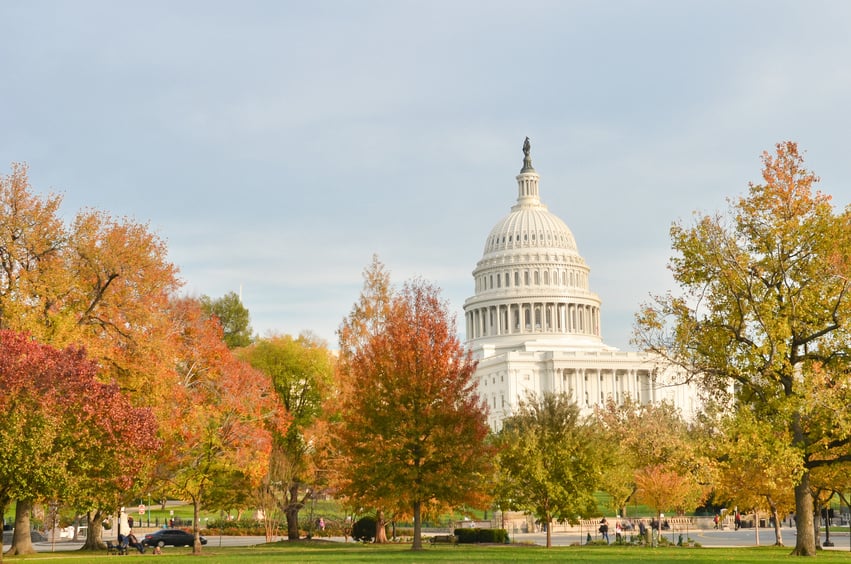On February 24, 2021, President Biden signed an Executive Order on America’s Supply Chains (the “Supply Chain EO”) ordering federal agencies to identify vulnerabilities in key US supply chains and develop policy recommendations to make those supply chains more resilient, diverse, and secure. In his remarks prior to signing the Supply Chain EO, President Biden presented the review as a strategic initiative that will complement shorter-term efforts to address recent shortfalls in semiconductor supplies, and one that will examine risks to supply chains in a wide range of industrial sectors.
The Supply Chain EO mandates that federal agencies engage in two parallel reviews of supply chain vulnerabilities:
- A 100-day review of risks in the supply chains of four sectors: semiconductor manufacturing and advanced packaging, high-capacity batteries (including electric vehicle batteries), critical minerals and strategic materials (including rare earth elements), and pharmaceuticals and active pharmaceutical ingredients.
- A broader one-year review that will examine supply chains for the defense industrial base, the public health and biological preparedness industrial base, the information and communications technology (ICT) industrial base, the energy sector industrial base, the transportation industrial base, and the production of agricultural commodities and food products.
The reviews will identify the material and manufacturing inputs of each supply chain, assess their vulnerability to disruption, and develop policy recommendations for ensuring their resilience. The Supply Chain EO contemplates that such policy recommendations may include, among other things, reshoring and the development of domestic supplies, developing workforce capabilities, expanding research and development, enlarging stockpiles, and working with allies to identify alternative supply chains.
The Supply Chain EO anticipates that policy recommendations could ultimately result in new incentives to attract investment in critical goods and materials, reforms to domestic and international trade rules, and statutory, regulatory, and policy changes. Otherwise, it is not possible to predict which measures the Biden Administration will seek to enact following the reviews, though the supply chain plan published by the Biden campaign in 2020 and the Trump Administration’s supply chain interventions during the pandemic may provide some hints. Among other possibilities, the measures designed to address supply chain risks could reflect a “carrot” and “stick” approach, with financial incentives, tax credits, federal procurements, and support for research and development serving as the “carrots,” and use of the Defense Production Act to compel production and restrictions on trade in critical items serving as the “sticks.”
There is an opportunity for companies operating in the sectors under review to play a role in this exercise. The Supply Chain EO directs the heads of the federal agencies carrying out the reviews to consult with outside stakeholders, including industry. As such, companies in these sectors may wish to conduct their own assessments of possible vulnerabilities in their supply chains, make policy recommendations to the heads of the relevant government agencies, and identify the pros and cons of the various policy proposals under consideration. This Executive Order is an initial step towards increased US government interventions in supply chains, and the likely parameters of those interventions will begin to come into focus after the completion of the 100-day reviews later this year.



